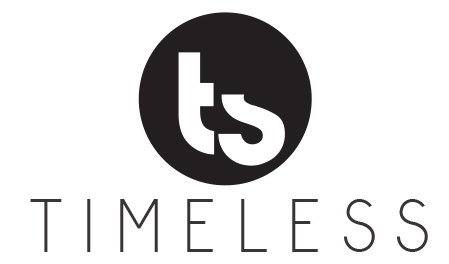
3 Ways to Save for Your Child’s Education
According to recent research from Fidelity, many parents are off track to fund their child’s college education. The study found that 70 percent of parents want to fully fund their child’s tuition and education costs. On average, however, parents are on track to cover only 29 percent of the costs by the child’s freshman year.1
College is a major financial challenge for many families, especially those who have multiple children. It’s only getting more expensive. From 1988 to 2018 the tuition for a private, nonprofit college rose 129 percent. Tuition for public college rose 213 percent over the same period.2
Fortunately, you have options available. Below are three different tools you can use to save for your child’s education. Each offers its own benefits and considerations. Your financial professional can help you choose the strategy that’s right for you.
529 Plans
The 529 plan has been around for years and has quickly become a popular choice for saving for college. These plans allow you to make tax-deductible contributions to an account for your child’s benefit. You can invest them as you like, and growth is tax-deferred. If you take distributions for qualified educational expenses, the withdrawals are tax-free.
Each state offers its own 529 plan, but you don’t have to use the plan in your state. You may get a deduction on your state income taxes if you use your state’s plan, but that’s not always the case. You also may find that another state’s plan has features and investment options that better fit your needs.
Keep in mind that 529 plan distributions are tax-free only if the funds are used for higher education. If your child doesn’t go to college, you may face taxes on your withdrawals. You can change the plan beneficiary to a different child. To take advantage of the tax break, however, you must ultimately use the funds for education.
UGMA/UTMA Accounts
These plans may be a better fit if you want more flexibility with regard to your child’s options. These are general savings accounts for minors. When your child reaches the age of majority in your state—usually either 18 or 21—the accounts transfer to their ownership. Your child can then use the funds as they wish.
However, you retain control of the assets until your child reaches adulthood. Also, while the growth in the accounts isn’t tax-deferred, it also isn’t fully taxable. Some growth is tax-free, and then, at additional levels, growth is taxed at the child’s rate.
Roth IRA
Do you use a Roth IRA to save for retirement? If so, you also may be able to use it to pay for your child’s education. Normally, you can’t take out distributions from a Roth before age 59½ without paying a penalty. However, you may be able to get a waiver on the penalty if you’re using the funds to pay for college.
You can also always take out your contributions from a Roth at any time without paying taxes or penalties. If you withdraw your contributions, however, you’ll reduce your balance and limit your growth potential in the future.
Ready to plan your child’s education funding strategy? Let’s talk about it. Contact us today at Timeless Solutions. We can help you analyze your needs and develop a plan. Let’s connect soon and start the conversation.
1https://www.bankrate.com/finance/savings/3-ways-to-save-for-your-child-s-future-1.aspx
2https://www.cnbc.com/2017/11/29/how-much-college-tuition-has-increased-from-1988-to-2018.html
Licensed Insurance Professional. This information is designed to provide a general overview with regard to the subject matter covered and is not state specific. The authors, publisher and host are not providing legal, accounting or specific advice for your situation. By providing your information, you give consent to be contacted about the possible sale of an insurance or annuity product. This information has been provided by a Licensed Insurance Professional and does not necessarily represent the views of the presenting insurance professional. The statements and opinions expressed are those of the author and are subject to change at any time. All information is believed to be from reliable sources; however, presenting insurance professional makes no representation as to its completeness or accuracy. This material has been prepared for informational and educational purposes only. It is not intended to provide, and should not be relied upon for, accounting, legal, tax or investment advice. This information has been provided by a Licensed Insurance Professional and is not sponsored or endorsed by the Social Security Administration or any government agency.
17742 – 2018/6/19
